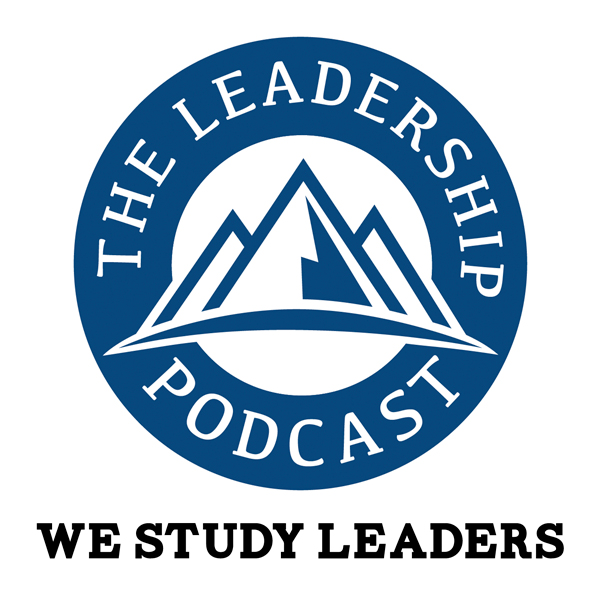We’ve got a great group of MBA students from the University of Colorado Denver on this year’s trip to Dublin and Belfast. It’s our sixth annual trip, and this year we have 15 tremendous scholars with a curiosity craving, a sense of shared accountability, and a genuine respect for each other. In some ways, every class is similar, and in some ways, very different. I’ve been wondering a lot lately about how setting, and reiterating, the selection criteria is actually what creates aligned expectations. I have stated three primary ground rules for the students:
- They have to be on-time, which is a sign of respect for each other.
- Demonstrating a thirst for knowledge shows up as genuine curiosity. The greatest tool a leader has is The Art of the Question.
- Lastly, and most importantly, they’ve been asked to look after each other, which is what a team
This class took it upon themselves to socialize before the trip, and it’s evident in their openness, and the growing trust I’ve noted in the way they use humor with each other (along with humility).
Given that almost every leader I meet these days states their biggest challenge as teams not teaming, I believe there are two things to consider:
- The leader need to look in the mirror and ask about their own emotional intelligence (formerly known as interpersonal skills), and the verbal non-verbal messages they convey about acceptable behavior, decision authority/criteria/process, and whether they provide consequences for high performance, and
- The leader also needs to look at the environment they’ve created via the levers of structure, process, incentives and the selection of the people.
You need to have both in balance to have a high performing team, and when you do , you may not even recognize who the person is who has “legitimate authority,” because the leaders will emerge at various times when various strengths are needed.
See the definition below from the Business Dictionary, and ask whether you’re really on a team… or not…
A group of people with a full set of complementary skills required to complete a task, job, or project. Team members (1) operate with a high degree of interdependence, (2) share authority and responsibility for self-management, (3) are accountable for the collective performance, and (4) work toward a common goal and shared rewards(s). A team becomes more than just a collection of people when a strong sense of mutual commitment creates synergy, thus generating performance greater than the sum of the performance of its individual members.






